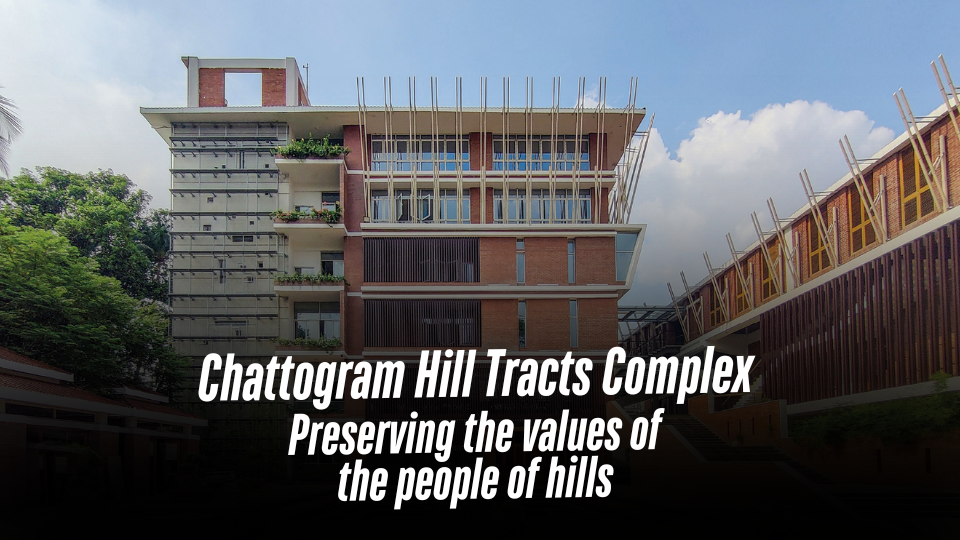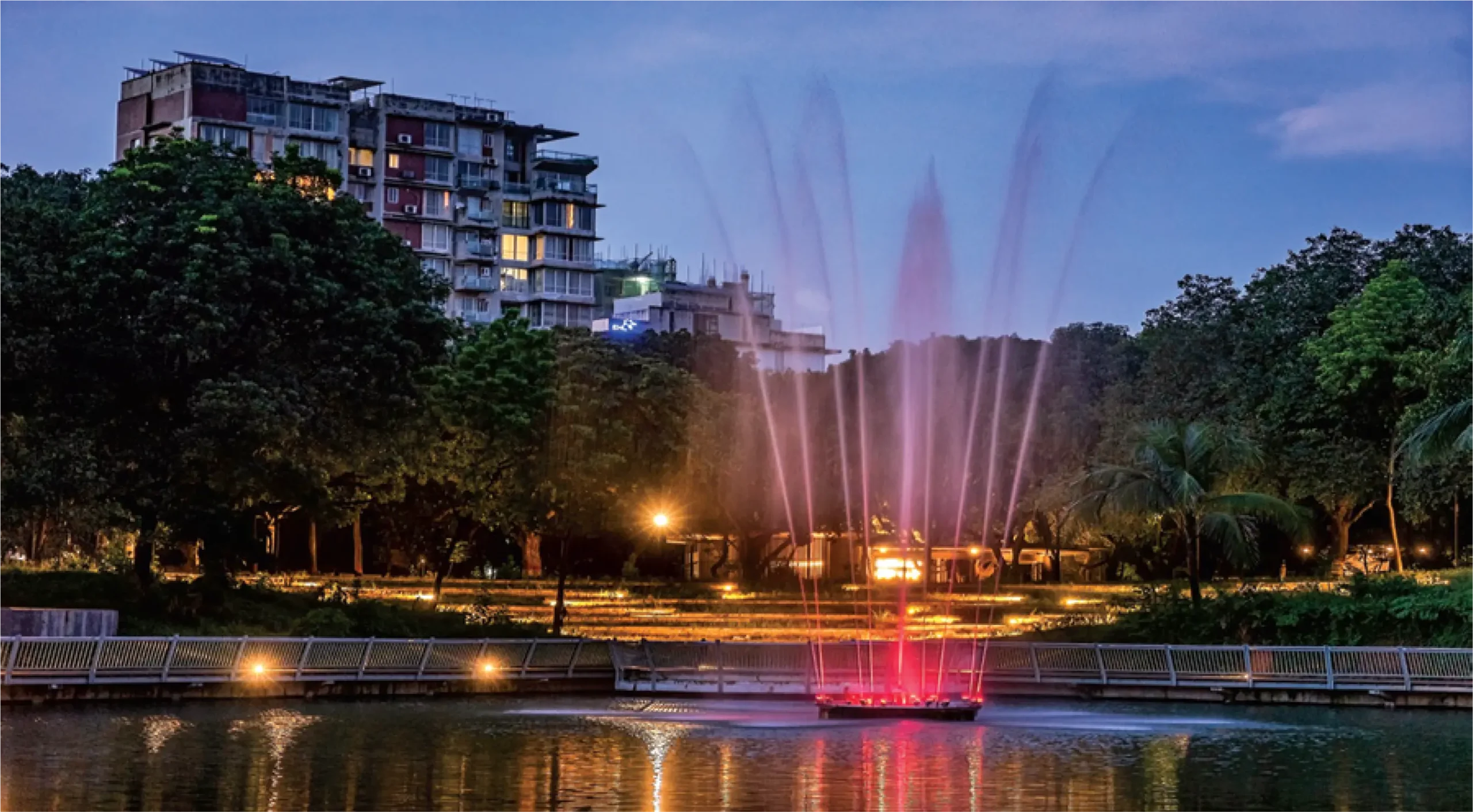
Architecture is a practice, a profession. Is it only that?
To many, it might be, but to a few, it is a form of emotion or a meaningful impact on public realm as well. Architecture is not only all of the above, but beyond.
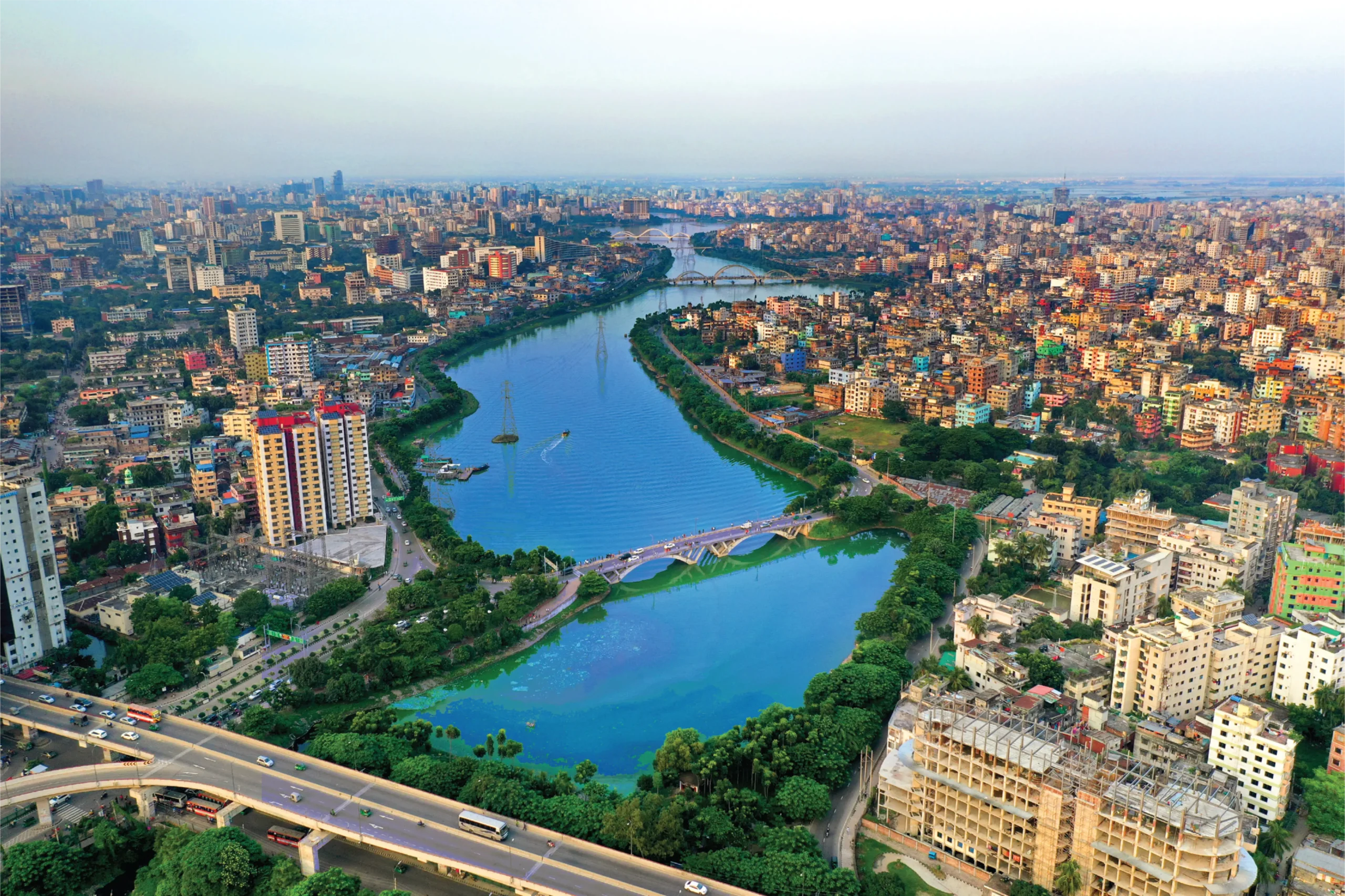
The arena is not just there to make boxes to accommodate functions. It needs involvement of humans, life, psychology, sociology, economy, and every other vital aspect to shape a living standard. From micro to macro, from master planning to interior designing, the field is vast to explore. Architects need to be sensitive and sensible enough to practice these opportunities of responsibilities.
VITTI Sthapati Brindo Ltd., co-founded by architects Iqbal Habib and Ishtiaque Zahir Titas, is one of the few firms in Bangladesh that focuses on all these aspects. In the past 32 years, Vitti has accomplished master planning, building designs, and interior designs for both public and private realms. The story cannot be shared in short. For them, the project experience speaks more intensely than words.
The architectural projects of Bangladesh are pinning their existence on the global map, earning a lot of recognition and awards. Vitti as a firm has also received many prestigious ones, but to them, these accolades add value to the projects and compel Vitti to act more responsibly. Their main source of success is the lateral returns they receive from projects started for the benefit of common people. Their success is determined by the impact of their designs on the lives of Dhaka dwellers.
Again one such initiative that has had a significant impact on bridging the gap between Dhaka’s eastern and western neighborhoods is HatirJheel. Since most of Dhaka is densely built up, the journey along the lakeside is a splash of fresh air. But it wasn’t an easy journey to create this dream project.
“We opposed the initial house planning for four and a half years, as well as the commercial expansion of Kawran Bazar in the Hatirjheel neighborhood. I noticed a model of the planned housing was in the RAJUK chairman’s room. In a conversation, he excitedly shared how the housing plan advanced to landfill the waterbody. High land price was their excuse,” shared Ar. Iqbal Habib.
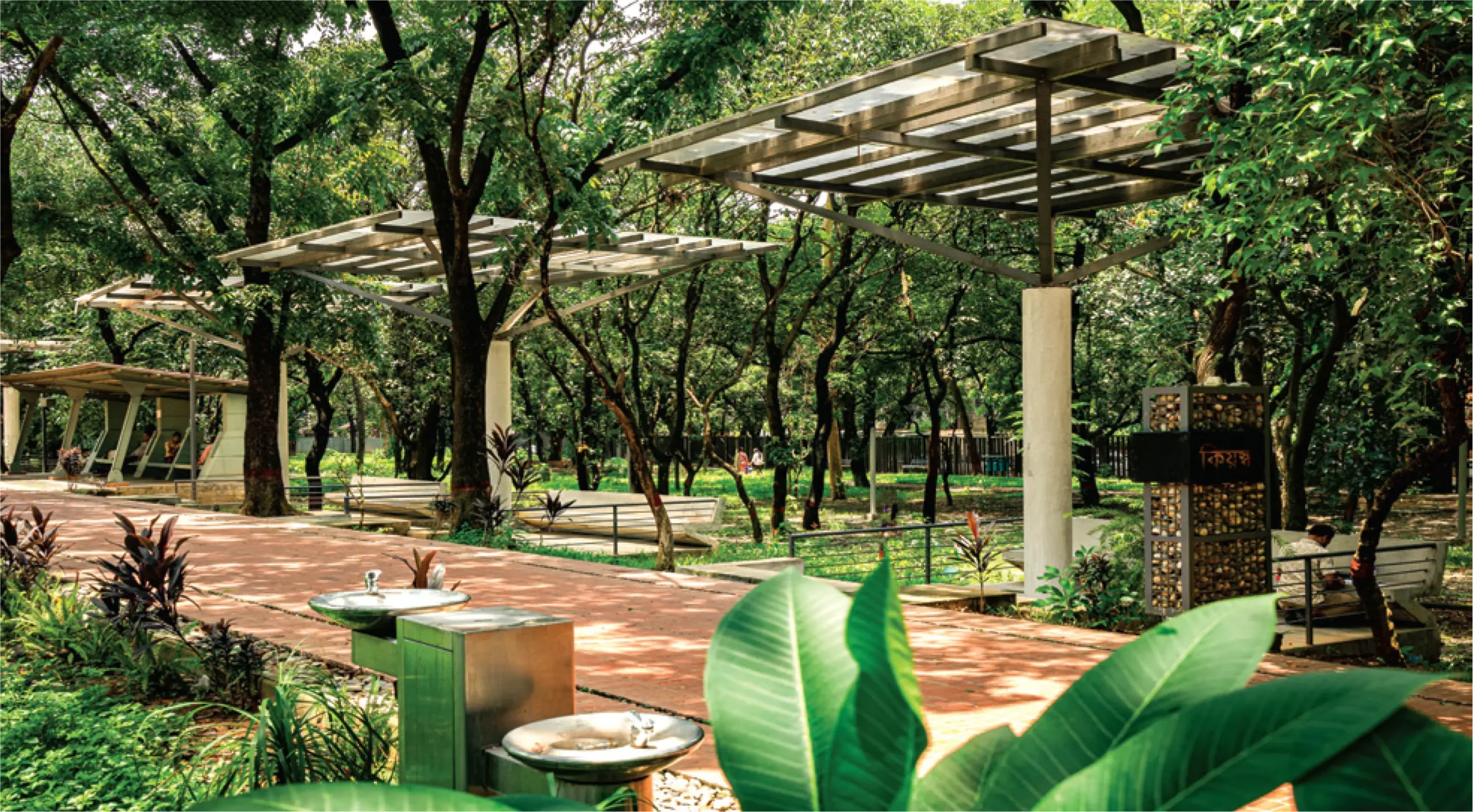
With the help of respected specialists in the environmental and other sectors, they launched a protest that helped to create the experience we live in today. It was more than simply a project; it was a vision and a dream. People in Dhaka never imagined that it would be possible to go from Gulshan-1 to Tejgaon by waterbus. The smiley face of the waterbus user is rewarded for the architects. The stories are always greater than the projects. Large-scale initiatives by Vitti are illustrations of how perseverance can bring big dreams. This serves as motivation for individuals and aspiring architects.
Dhaka’s parks and playgrounds have recently been refurbished, giving the city some much-needed green space. Twenty-seven parks, mostly in the northern part, were designed by Vitti. But what we see is the result: stories that were not designed on pen and paper. The permission to revitalize these parks was also an achievement after a social movement.

How were the parks designed? Ar. Ishtiaque’s response to this query was, “The development of these parks was designed by users, children, who have the primary rights to the space. We provided them with Minecraft, and they designed their parks. We ensured those children, female children, the elderly, and especially abled people had facilities and access to parks. We wanted people to be inspired by the space that they designed, that we enhanced, and that we built.” The project was executed with a focus on collaboration and inclusively, which has resulted in park and playground that truly serve the community. This project involved active participation from the user group and young children who were given the opportunity to express their desire for the space through a participatory questionnaire survey. Hence the designs are an example of successful co-creation as a process, it create a sense of ownership and pride among the community. However, the success of the project can be attributed to the careful co-management of all stakeholders involved, including professionals and the community.

People’s contributions influence the nation’s daily growth. And these tales are examples of growth through adversity and success. Architecture in Bangladesh should be for and at times created by the general populace. At this juncture, the nation requires user-centric design, particularly in public domains.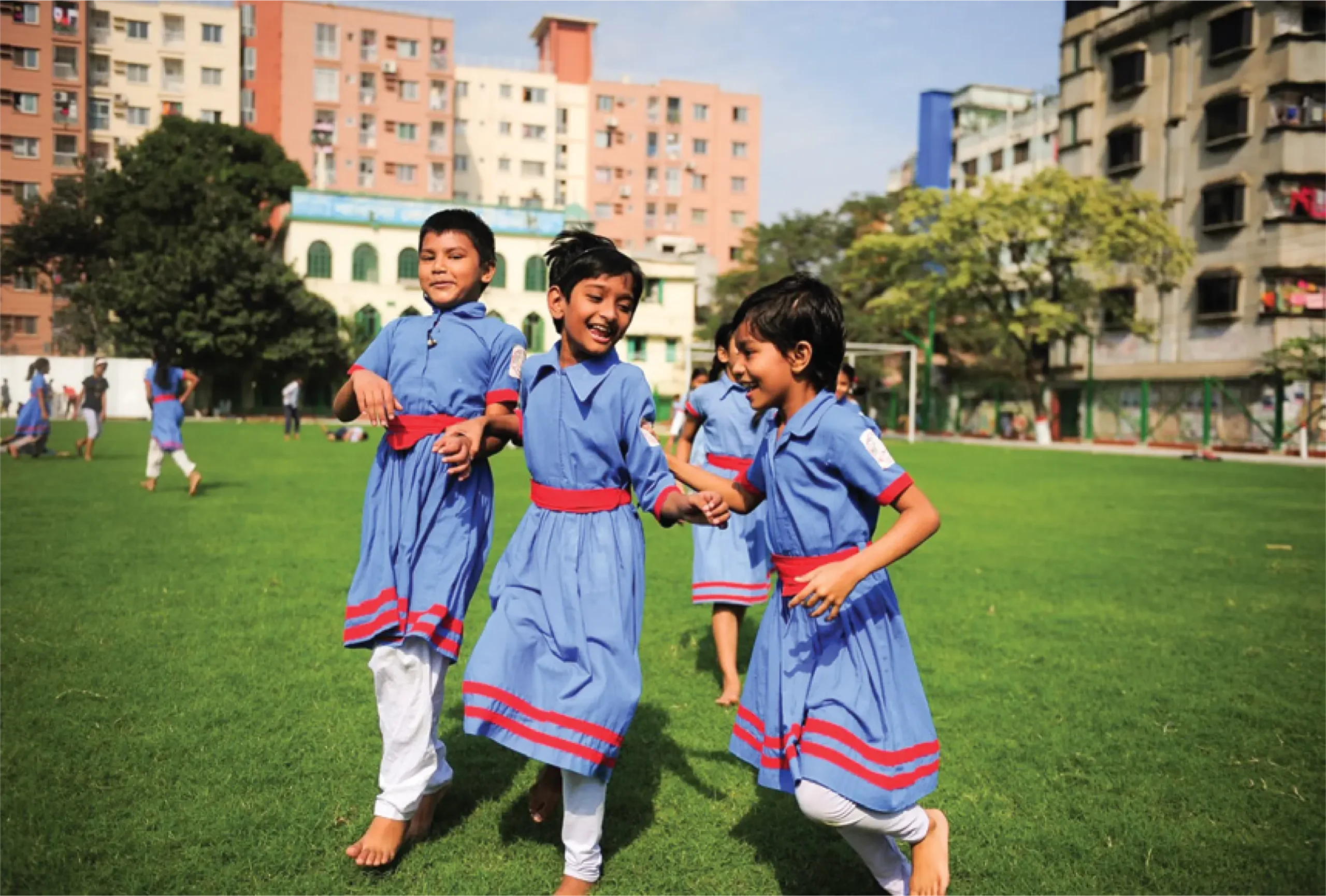
“Vitti—The Atelier” was established in 1991 under the direct supervision of subcontinental Master Architect Muzharul Islam. In 1993, three youthful architects, Ishtiaque Zahir, Ehsan Khan, and Iqbal Habib, founded “Vitti Sthapati Brindo Ltd.” from the “Atelier.” Currently, there are ninety members on the team, including architects, CAD specialists, engineers, administrative employees, and support personnel. “As fresh graduates in a very challenging time of transition period of democracy in the country, our spirit was at the top level. The thirst for working hard and serving the society was there within. We believed architecture is a practice that needs guidance from a leader, hence walking in the ideology of the Master Architect Muzharul Islam, who believed every aspect of human life and the nation as a whole is included in the framework of architecture. Vitti’s motto has always been to create an umbrella under which diversified projects are practiced and ideas are groomed. We try to grow as a group rather than as an individual entity,” concluded Ar. Ishtiaque Zahir Titas.






